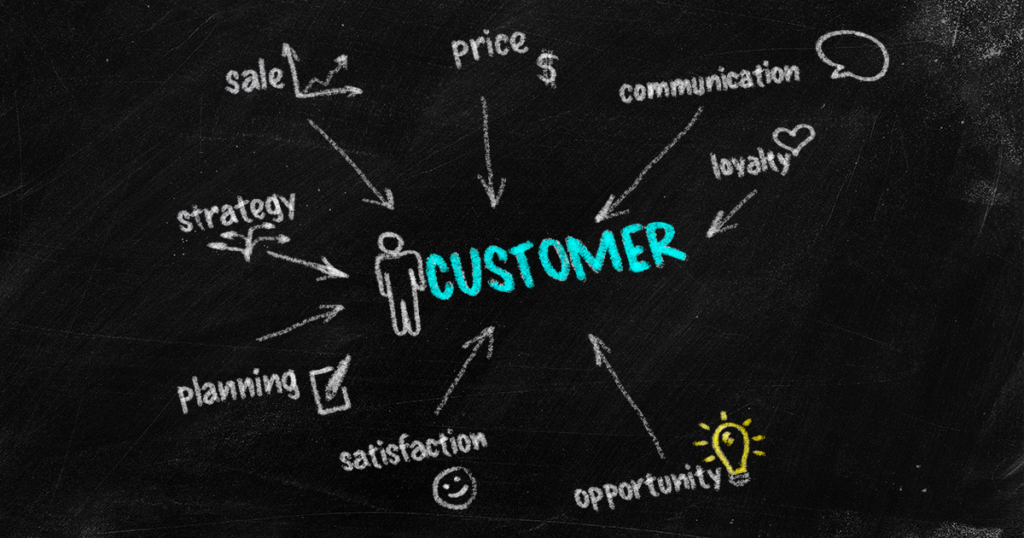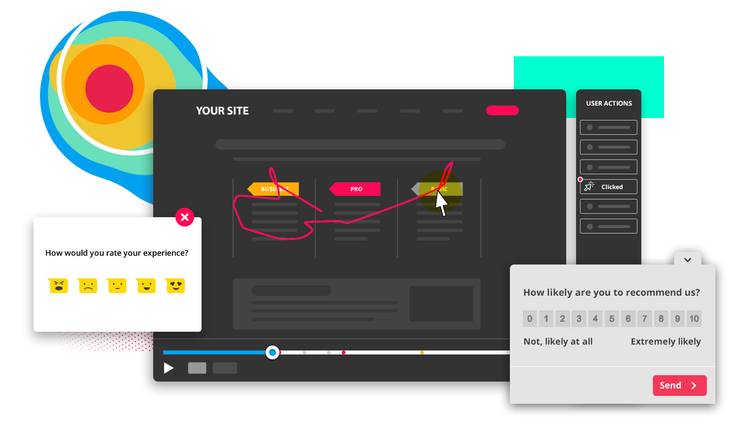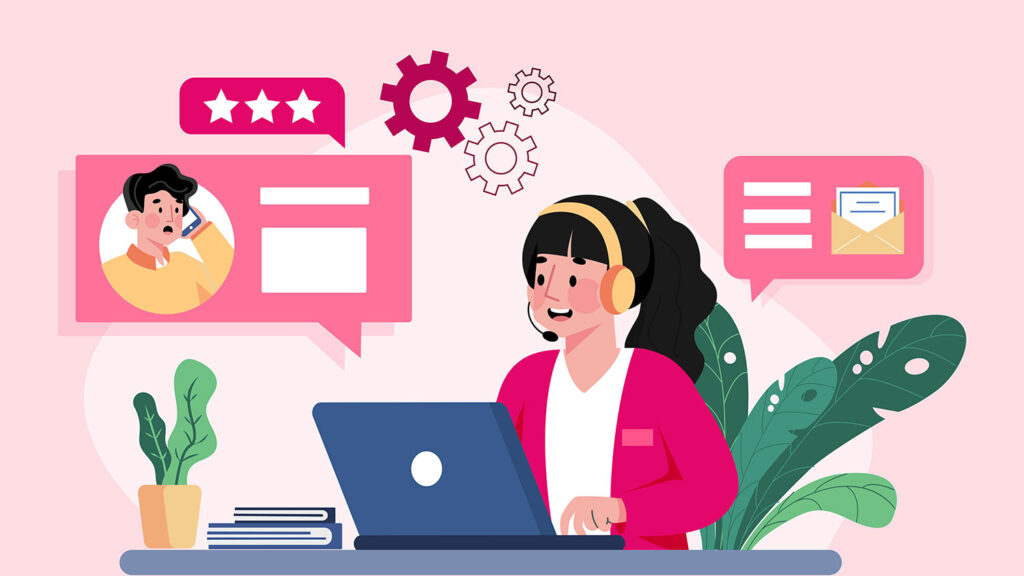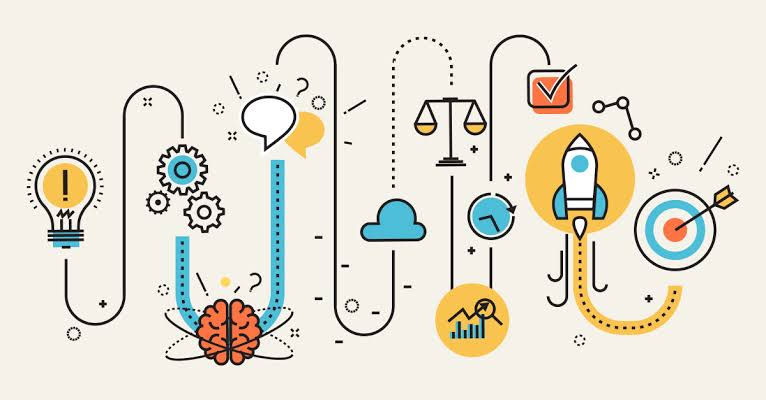
Strategies for Delivering High-Quality Service.
In today’s hyper-competitive business environment, the currency that often distinguishes you is not just the quality of your product, but the entire customer experience.
From the moment they arrive on your website to the final click that confirms their purchase, each interaction influences their perception and, ultimately, their satisfaction. As an experienced business consultant, I can attest to the critical importance of optimizing these touch points in order to cultivate long-term loyalty rather than just transactional relationships.
It is not enough to simply meet expectations; you must also delight the customer at every stage of their journey. The following sections of this article will go over ten key strategies to help you achieve just that.
These insights are designed to be actionable and based on tried-and-true methodologies, giving you the tools you need to improve your customer experience. Consider it your comprehensive guide to designing an optimized customer journey that benefits both your clients and your bottom line.
READ MORE: https://brandgaytor.com/youtube-hacks-secrets-revealed-by-brandgaytor/
Ways to Optimizing Client Satisfaction
1. Optimize your website for Customer Experience.

Many of your customers’ first encounter with your brand is through your website, which sets the tone for their subsequent interactions with your brand.
As a result, it is critical to invest in a visually appealing and intuitive design. A poorly designed website causes friction, making it difficult for customers to navigate or find what they are looking for, potentially resulting in lost sales and lower customer satisfaction.
The next step is SEO—Search Engine Optimization is about more than just getting higher rankings; it is also about providing an optimal user experience.
A website with strong SEO fundamentals such as faster load times, mobile optimization, and structured data greatly improves user interaction with your platform. Finally, we have content. Effective content is not only engaging, but also informative and useful.
It should answer questions, solve problems, or otherwise add value to the user’s experience. The incorporation of high-quality articles, interactive tools, videos, or even webinars can elevate your website from a mere information hub to a useful resource.
2. Build a Customer – Focused Content Strategy.

A well-crafted content strategy is more than just generating articles or creating videos. It’s about aligning your content with the needs and interests of your target audience.
Start by conducting thorough market research, including surveys and analytics, to understand what your customers truly need or are interested in. Content should be tailored to address these specific needs, offering actionable insights, solutions, or entertainment value.
But your job doesn’t end with the creation of content; it’s equally important to present it in an engaging manner. Formats matter—use infographics, videos, podcasts, or even interactive tools to present your information in a way that resonates with your audience.
Lastly, make sure your content is easily discoverable. Use SEO techniques specifically tailored for content, such as keyword research and metadata optimization.
By focusing on customer needs and delivering valuable content through a variety of channels and formats, you are taking significant steps toward building brand loyalty and enhancing customer satisfaction.
3. Use CRO Tools to monitor User Behavior.

Understanding customer behavior in the digital age is not only beneficial, but also necessary. Conversion Rate Optimization (CRO) tools are an effective way to gain these insights. These platforms generate a wealth of information about how visitors interact with your website.
They can show you where users typically enter, the paths they take through your website, and, most importantly, where they abandon their journey.
Knowing this can help you identify bottlenecks or friction points that impede conversion. Furthermore, many CRO tools include heatmaps, session replays, and A/B testing capabilities. A heatmap shows where users most frequently click or how far they scroll down a page.
Session replays allow you to follow a user’s journey in real time, providing invaluable insights into their interaction patterns and potential issues. A/B testing allows you to run experiments comparing different versions of a web page, form, or other element to see which one performs better in terms of customer engagement or conversion.
By strategically using CRO tools, you can gain actionable insights that will allow you to continuously improve your website. You are not just shooting in the dark; you are making data-driven decisions that can significantly improve user experience and, as a result, customer satisfaction.
4. Utilize Push Notifications.

When used strategically, push notifications have the potential to significantly increase customer satisfaction. They are delivered in real time to users’ devices, providing businesses with a direct channel for timely engagement. However, their strength lies in their precision and relevance.
It is critical that notifications are opt-in, giving users control over their receipt and thus fostering trust. Personalization is essential: alerts tailored to user behavior, such as a restock on a previously viewed item or discounts on favorite products, provide genuine value.
Timing is important. Notifications should correspond to user habits, such as sending promotional alerts during normal shopping hours. Content should be concise and compelling, with a clear call to action, such as looking into a sale or reviewing a recent purchase.
Regularly measuring effectiveness using metrics such as click-through rates and soliciting user feedback ensures an optimized strategy. Regularly measuring effectiveness using metrics such as click-through rates and soliciting user feedback ensures an optimized strategy.
5. Use Multi-Channel Communication.

Today’s customers are not confined to a single channel when interacting with your business. They visit your website, interact on social media, read your emails, and may even use messaging apps for direct communication. A disjointed experience across these platforms can result in confusion and frustration.
As a result, integrating all customer communication channels—whether email, live chat, social media, messaging apps, or your website—is critical for delivering a seamless customer experience. The first step in implementing a successful multi-channel communication strategy is to unify data. Customer data should be stored centrally and easily accessible on all platforms.
This allows for personalized, context-aware interactions regardless of the channel the customer chooses to use. The following aspect is consistency. Messages, promotional materials, and even the tone of communication should be consistent across all channels.
Consistency not only strengthens brand trust, but it also ensures a smooth user experience. Furthermore, each channel should be optimized based on its specific characteristics and user expectations. Customer support via social media, for example, may require a more casual tone, whereas email communication may require a more formal and comprehensive tone.
For example, embedding an Instagram feed on your website can help to increase user engagement and satisfaction by displaying your brand’s social presence seamlessly. This not only displays real-time user-generated content, but it also connects your website and social media, improving the multi-channel experience.
6. Improve the Skills and Resources of Your Customer Service Team.

The strength of your customer service team directly influences customer satisfaction. Despite advances in automation and self-service options, Gantter believes that complex issues can only be effectively resolved by a human agent.
Continuous training and skill development are essential for preparing your team to deal with these situations. First, invest in training programs that cover both hard and soft skills. While hard skills like troubleshooting and product knowledge are important, soft skills such as empathy, patience, and active listening are also essential for providing excellent customer service.
Second, provide real-time support and tools to your agents. Systems that provide immediate access to customer history and previous interactions allow agents to provide more personalized service, thereby improving the customer experience. It is also beneficial to implement technological solutions to streamline processes.
For example, using open-source OCR tools can help agents quickly digitize and search physical documents, increasing their efficiency.
Furthermore, you may want to consider implementing a knowledge management system that serves as a repository for common problems and solutions, ensuring that agents are not constantly reinventing the wheel but rather leveraging collective knowledge to resolve issues faster. Implementing AI-powered chatbot technology to handle common customer inquiries can be extremely beneficial as well.
7. Collect Feedback and Act.

On It Collecting customer feedback is an ongoing process that is essential for continuous improvement. While feedback can be gathered through a variety of channels, such as surveys, reviews, or direct customer interactions, what distinguishes successful businesses is how they act on it.
First, use structured methods to gather feedback. This could include post-purchase surveys, online reviews, or quick polls on your website. The key is to make it as simple as possible for the customer to express their opinions. Once collected, examine the data to identify trends, patterns, or recurring issues.
Advanced analytics tools can help you sift through large amounts of data and identify specific areas for improvement. It is not enough to just collect and analyze feedback; you also need to act on it. These actionable insights, whether they involve tweaking your product, adjusting your customer service protocols, or redesigning your website, should be implemented as soon as possible.
Finally, close the loop by informing customers about the changes made based on their feedback. This not only builds trust, but also makes customers feel valued and heard, increasing overall satisfaction and the likelihood of repeat purchases.
Conclusion
To summarize, prioritizing client satisfaction through effective strategies for providing high-quality service is critical to long-term business success. Organizations can build trust, loyalty, and a strong market reputation by consistently exceeding expectations, meeting customer needs, and encouraging positive interactions. Continuous improvement and adaptation to changing customer preferences are critical components for maintaining a competitive advantage and ensuring long-term client satisfaction.
FAQ (frequently asked questions)
Q1: What are the key strategies for delivering high-quality service?
A1: Focus on understanding client needs, provide clear communication, set realistic expectations, and consistently deliver excellent results.
Q2: How important is effective communication in client satisfaction?
A2: Extremely important. Clear and timely communication builds trust, manages expectations, and ensures clients are informed throughout the process.
Q3: What role does responsiveness play in client satisfaction?
A3: Responsiveness is crucial. Promptly addressing client inquiries, concerns, or issues demonstrates commitment to their satisfaction and builds a positive relationship.
Q4: How can personalized service contribute to client satisfaction?
A4: Tailoring services to individual client needs shows attentiveness and enhances their overall experience, fostering a stronger sense of value.
Q5: What steps can be taken to handle client complaints effectively?
A5: Acknowledge the issue, empathize, investigate promptly, communicate openly, and work towards a satisfactory resolution to demonstrate commitment to client satisfaction.


